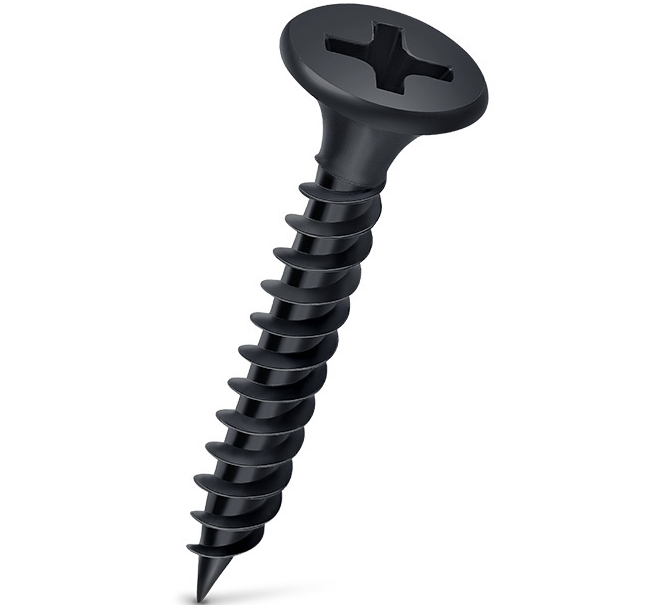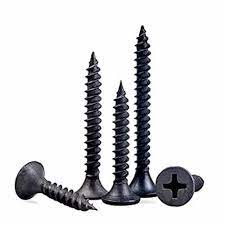feb . 15, 2025 16:09
Back to list
FLAT WASHER
In the world of fasteners, a flat washer might seem like a humble component, but it plays a crucial role in the stability and longevity of many products. There is more to this seemingly simple device than meets the eye, and its significance in product design and engineering cannot be overstated. Understanding flat washers involves delving into material science, mechanical engineering principles, and application-specific considerations.
Maintenance plays a critical role in extending the life of an assembly that utilizes flat washers. Over time, exposure to dynamic loads and harsh environments can lead to washer deformation or corrosion. Regular inspection and timely replacement of washers can prevent much more significant issues, such as fastener loosening or component misalignment. Organizations focused on reliability-centric maintenance adopt protocols that include periodic reviews of washers as part of their preventive approach. In terms of trustworthiness, manufacturers of flat washers have a responsibility to provide accurate technical data and performance guarantees. More than just part of a product, a well-crafted flat washer reflects the quality and attention to detail of the entire engineering process. Compliance with international manufacturing standards, accurate labeling, and fulfilling mechanical properties are factors that reputable manufacturers consider. Market dynamics also affect the availability and development of flat washers. Advancements in manufacturing technologies, such as precision stamping and advanced coating techniques, enhance the durability and performance of washers while reducing their production costs. This evolution directly responds to the growing demand for reliable fastening solutions across various industries. Practical experience shows us the profound impact of flat washers on problem-solving in engineering. Case studies from industries like aerospace and electronics showcase how washers are selected and utilized to resolve specific design and performance challenges. Flight engineers, for example, rely on customized washer assemblies to address weight constraints and thermal expansion issues in aircraft. Ultimately, the flat washer exemplifies how even the smallest components in engineering systems can offer substantial benefits. Recognizing their role requires an understanding of mechanical principles, material science, and engineering diligence. As industries continue to innovate, the humble flat washer will remain indispensable in ensuring the safety, reliability, and functionality of countless applications.


Maintenance plays a critical role in extending the life of an assembly that utilizes flat washers. Over time, exposure to dynamic loads and harsh environments can lead to washer deformation or corrosion. Regular inspection and timely replacement of washers can prevent much more significant issues, such as fastener loosening or component misalignment. Organizations focused on reliability-centric maintenance adopt protocols that include periodic reviews of washers as part of their preventive approach. In terms of trustworthiness, manufacturers of flat washers have a responsibility to provide accurate technical data and performance guarantees. More than just part of a product, a well-crafted flat washer reflects the quality and attention to detail of the entire engineering process. Compliance with international manufacturing standards, accurate labeling, and fulfilling mechanical properties are factors that reputable manufacturers consider. Market dynamics also affect the availability and development of flat washers. Advancements in manufacturing technologies, such as precision stamping and advanced coating techniques, enhance the durability and performance of washers while reducing their production costs. This evolution directly responds to the growing demand for reliable fastening solutions across various industries. Practical experience shows us the profound impact of flat washers on problem-solving in engineering. Case studies from industries like aerospace and electronics showcase how washers are selected and utilized to resolve specific design and performance challenges. Flight engineers, for example, rely on customized washer assemblies to address weight constraints and thermal expansion issues in aircraft. Ultimately, the flat washer exemplifies how even the smallest components in engineering systems can offer substantial benefits. Recognizing their role requires an understanding of mechanical principles, material science, and engineering diligence. As industries continue to innovate, the humble flat washer will remain indispensable in ensuring the safety, reliability, and functionality of countless applications.
Next:
Prev:
Latest news
-
Top Choices for Plasterboard FixingNewsDec.26,2024
-
The Versatility of Specialty WashersNewsDec.26,2024
-
Secure Your ProjectsNewsDec.26,2024
-
Essential Screws for Chipboard Flooring ProjectsNewsDec.26,2024
-
Choosing the Right Drywall ScrewsNewsDec.26,2024
-
Black Phosphate Screws for Superior PerformanceNewsDec.26,2024
-
The Versatile Choice of Nylon Flat Washers for Your NeedsNewsDec.18,2024
Related News










